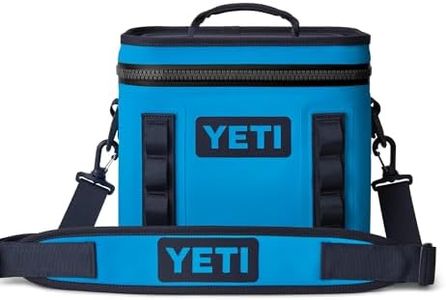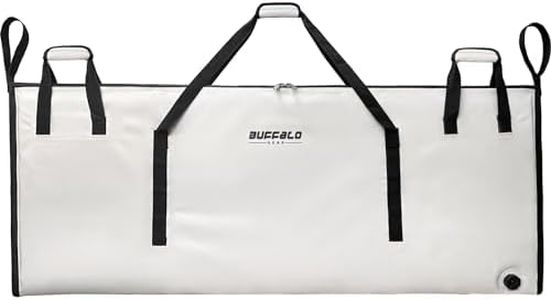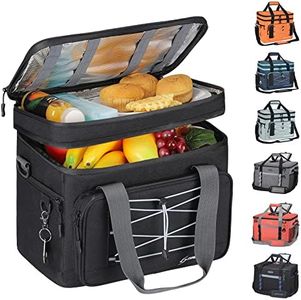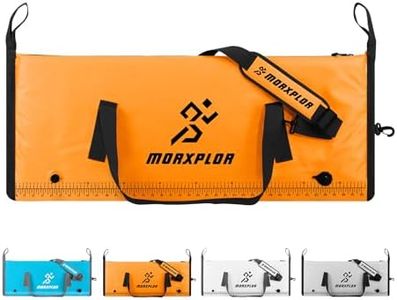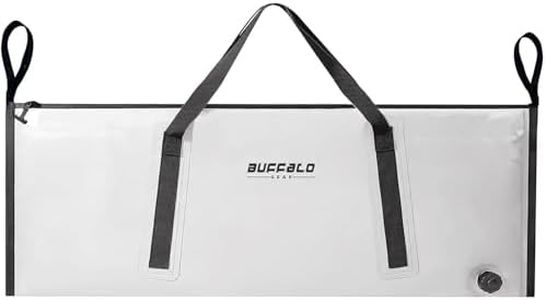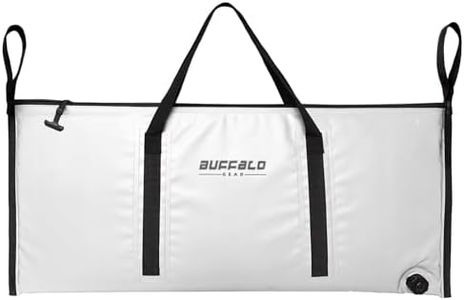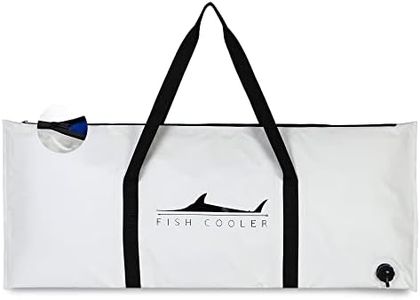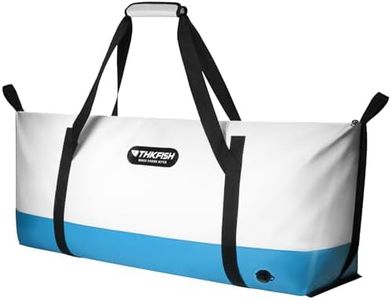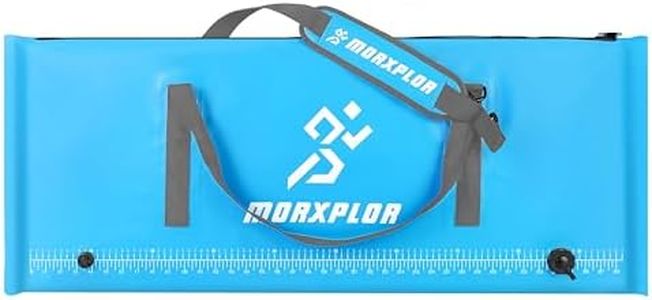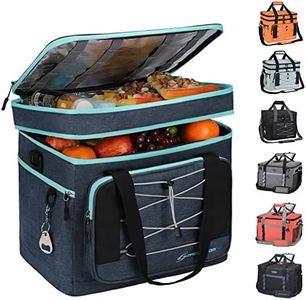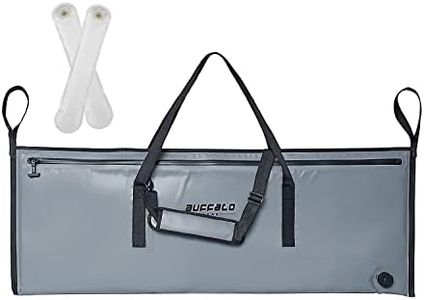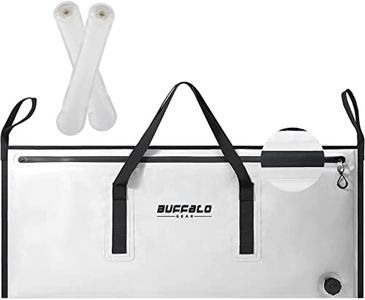We Use CookiesWe use cookies to enhance the security, performance,
functionality and for analytical and promotional activities. By continuing to browse this site you
are agreeing to our privacy policy
10 Best Fish Coolers
From leading brands and best sellers available on the web.Buying Guide for the Best Fish Coolers
Choosing the right fish cooler is all about understanding your specific needs for storing and transporting fish while keeping them fresh for longer periods. Before buying, think about how often you'll use it, the typical amount of fish you'll need to store, and the environments you'll bring the cooler into. Durability, ease of carrying, and how well the cooler keeps items cold are all major points to consider. By focusing on the right features, you'll get a cooler that helps your catch stay fresh and makes your fishing trips easier.Capacity (Size)Capacity refers to how much the cooler can hold, usually measured in quarts or liters. This spec is important because it determines how many fish, ice, and other items you can store at once. Smaller coolers (under 30 quarts) are best for day trips or storing small catches, while medium sizes (30–70 quarts) suit weekend trips or medium-sized catches. Large coolers (above 70 quarts) are ideal for extended trips or bigger groups. You should think about how much fish you typically catch and how long you need to keep them chilled to choose the right size—don’t carry more bulk than you need, but make sure you have enough space for your usual haul.
Insulation PerformanceInsulation performance measures how well a cooler can keep its contents cold. This is critical for keeping fish fresh and safe to eat. Coolers come with different levels of insulation—basic models might keep ice frozen for a day, while premium coolers can hold ice for several days. If you need to keep fish cold just for a few hours, a standard insulation is fine; for overnight or multi-day trips, look for thick-walled, high-performance insulation. Match the insulation to your typical trip length and how far you’ll be from a place where you can add more ice.
Durability (Construction Material)Durability indicates how well the cooler can withstand rough handling, outdoor conditions, and constant exposure to water and sun. Common materials include hard plastic, metal, and sometimes soft fabrics. Hard-sided coolers in thick, impact-resistant plastic or metal usually last longer and protect fish better. Soft-sided coolers are lighter but less protective and best only for light, short-term use. If you fish often or in rugged conditions, look for a heavy-duty, sturdy cooler; for occasional or gentle use, lighter materials may be more convenient.
Portability (Handles, Wheels, Weight)Portability deals with how easy it is to move and carry the cooler, especially when it’s full. Look for comfortable handles, sturdy wheels, and manageable weight. Small coolers tend to be lighter and can have simple handles, while larger coolers may need wheels and more ergonomic grips. If you usually fish alone or need to carry the cooler long distances, pick something lightweight or with reliable wheels. If you’ll have help or mostly transport by vehicle, you can handle a heavier option.
Sealing and DrainageThe quality of the seal (gasket) and drainage system affects how well the cooler locks in cold air and lets you remove melted ice. A tight seal slows down warming and reduces leaks, while an efficient drain plug lets you empty melted water without tipping the cooler. For longer trips or for maintaining maximum freshness, prioritize a cooler with a strong, airtight seal and an easy-to-use drain. If you only need to keep fish for short periods, the seal and drainage are less critical, but still nice for convenience and cleanliness.
Ease of CleaningEase of cleaning shows how simple it is to wash out the cooler after use, which is especially important after holding fish. Some coolers have smooth interiors, removable liners, or antimicrobial surfaces that make cleaning easier and help prevent odors. If you dislike scrubbing or want to avoid lingering smells, prioritize a design that’s simple to wipe out and rinse. If cleaning is not a major concern, you might have more options, but remember a clean cooler helps keep your fish tasting fresh.
